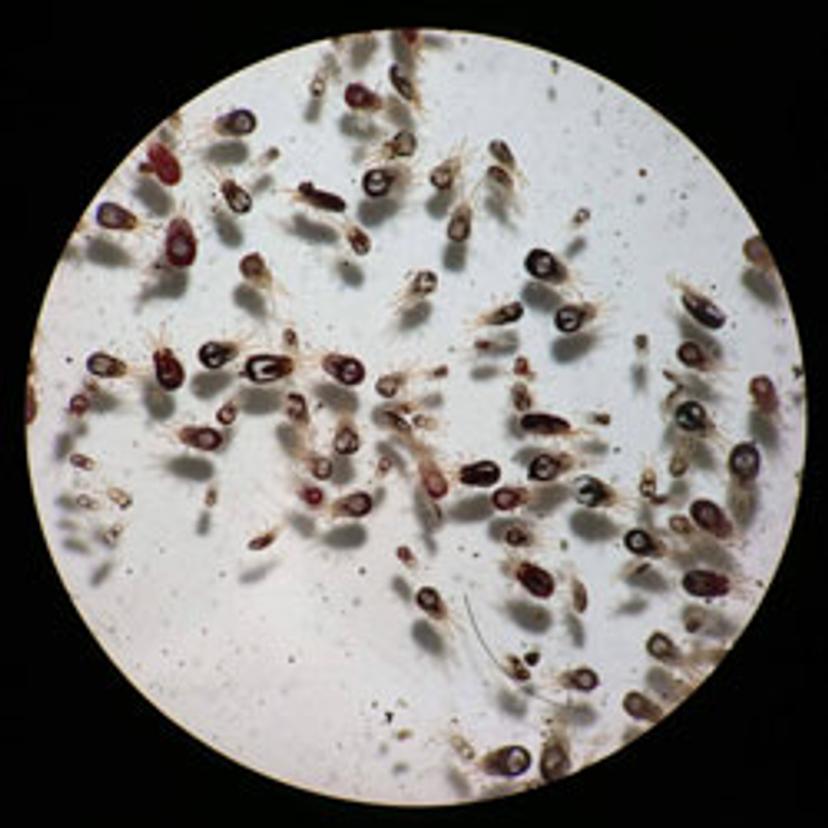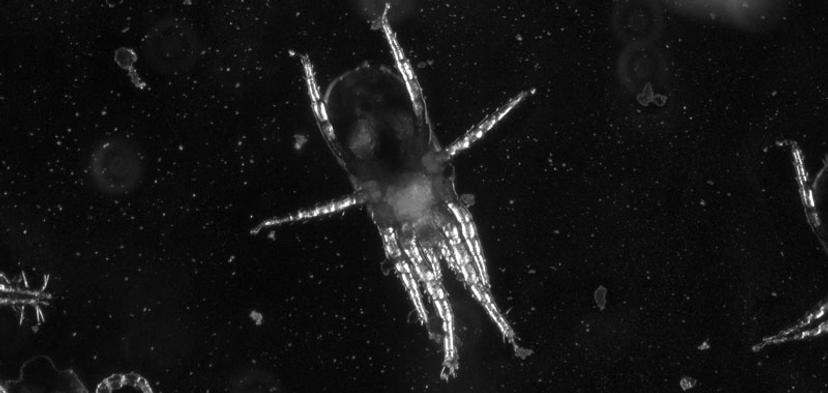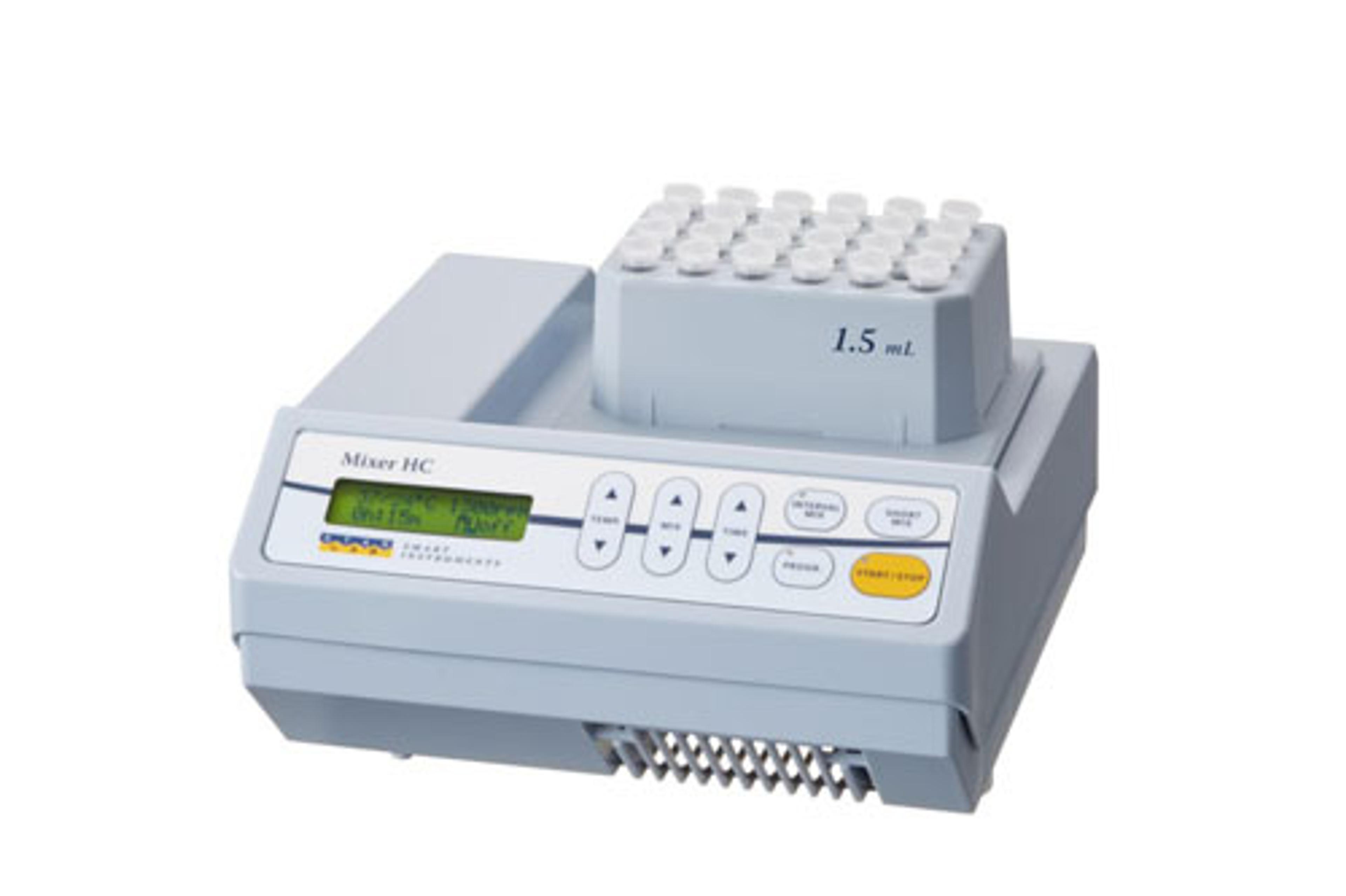Meet the researcher working towards a vaccine against parasites blighting the poultry industry
A population genetics scientist tells SelectScience how she’s combating red mite infestations on chicken farms
9 Dec 2019

Scientists in the UK are working to combat a tiny red mite that is troubling the egg-laying industry and becoming increasingly resistant to pesticides.
Research taking place at the Royal Veterinary College (RVC) in London is tracking the mite’s resistance to acaricides, identifying the gene mutations in different populations and ultimately aiming to develop a vaccine for farmers to use. Working within the Department of Pathobiology and Population Sciences at RVC, Eleanor Karp-Tatham is a parasitologist and final-year Ph.D. student looking into four potential vaccine targets within the poultry red mite’s DNA and trying to understand just how many vaccines might be needed to cover the mite populations that are currently found across Europe’s chicken farms. But why is this tiny mite such a problem and how does it have such an impact?
A scourge of egg-laying in the poultry industry
Karp-Tatham is quick to point out that the mite is not a particular problem for broilers – chickens bred for meat – because they do not tend to live long enough. Farmers are generally able to manage infestations through cleaning and meat quality remains largely unaffected.
However, for egg-layers, the mite is an entirely different proposition. Egg farmers not only lose out economically through costs incurred in trying to control the mite, but also lose production because of the mite’s behavior, as Karp-Tatham observes: “In a heavy infestation, they crawl out of the hen house onto the egg conveyor belt and can go onto the eggs. As the eggs roll around, the mites are crushed and cause blood spots. Farmers cannot sell any eggs that have any kind of blood-spotting.”
Whilst the mite’s impact is largely economic, that’s not the only problem. Heavy infestations also confer a welfare impact on the chickens themselves, by causing increased feather-pecking, restlessness, irritation and aggression towards other chickens. On top of this, they are known to bite humans resulting in “personnel on the farm complaining of itching or suffering from dermatitis,” Karp-Tatham explains.
To counter all this, Karp-Tatham is dedicating her research efforts to finding the mite’s genetic weak spot. And as with most modern research, that presents problems that are often solved only with the right technology.

Extracting DNA from the poultry red mite
Karp-Tatham has developed a genotyping panel to look at 130 markers across 750 mite samples from across Europe and is using traditional PCR and Sanger sequencing methods in the main. However, her DNA extraction is atypical, given the small size of the poultry red mite, at around 0.7 – 1 mm long and 0.4 – 0.5 mm wide. She is also taking a ‘single mite’ approach because of the need to map the diversity of the mite across Europe and understand how individuals change. This makes DNA extraction particularly challenging, as she attests: “You can extract DNA from single cells, or from hair, but the chitinous exoskeleton of the poultry red mite does not really lend itself very well to DNA extraction. I have to essentially slice up my mites and then use the mixer to leave my mites in proteinase K and buffer overnight.”
The mixer in question is STARLAB’s Mixer HC, which has a range of agitation settings that suit Karp-Tatham’s needs for overnight mixing. She has seen the concentrations for her DNA extractions improve using this equipment, and also uses the Mixer HC for RNase treatment. Compared with standard water baths alone, she has found that the Mixer HC “gives you peace of mind and maintains a solid temperature all the way underneath. I find it trustworthy,” Karp-Tatham says.
She also regards the Mixer HC as an “essential”, explaining that it is multi-user friendly — an important factor in a lab where researchers are working on different things. “Ultimately, everyone needs a piece of equipment that can change temperature and mix for you,” Karp-Tatham notes. She further adds that the equipment does not create contamination problems and needs no updating, leading her to recommend it to anyone who needs to do a lot of DNA extraction or RNase treatment: “I like it because it’s easy to use, easy to set up and it is also quite small – so I can fit it on my lab bench without really taking up much space.”
The chitinous exoskeleton of the poultry red mite does not really lend itself very well to DNA extraction
Eleanor Karp-Tatham Royal Veterinary College
Future challenges and hopes for mite control
Karp-Tatham is under no illusions about the difficulties posed in her field of research by very limited knowledge of the poultry red mite’s genetics. Its genome was only published in April this year and remains only partly assembled and partially annotated. “Information regarding genes is limited, which makes it difficult especially when you compare it to an organism like the dog,” she says.
Her hopes lie in the wider knowledge her research will provide towards the development of future control methods, including a potential vaccine. She concludes: “It’s quite challenging to make a vaccine for an ectoparasite. It has to be cost-effective, and that’s the hardest challenge for a control method for something like poultry red mite – a cost-effective solution that farmers can apply easily.”
Find out more about how the STARLAB’s Mixer HC could help you and your research >>

